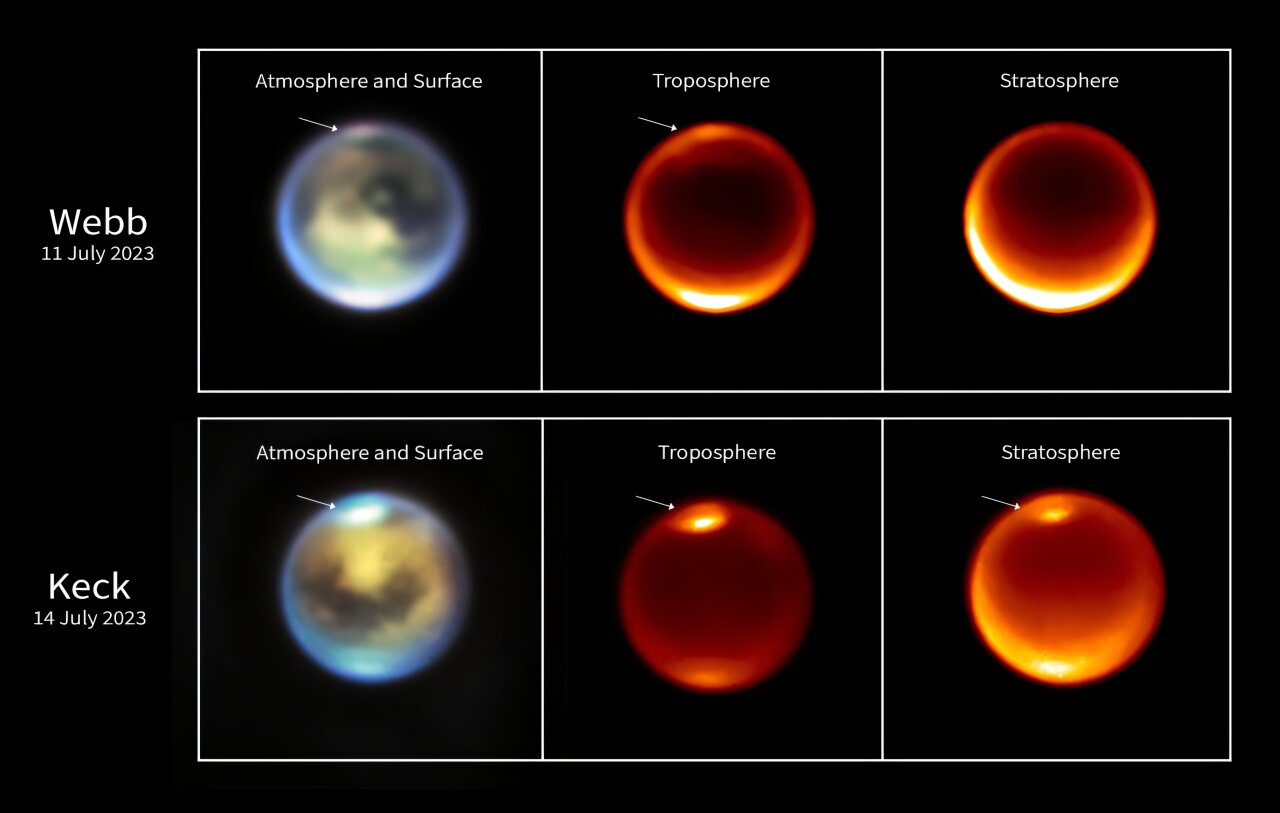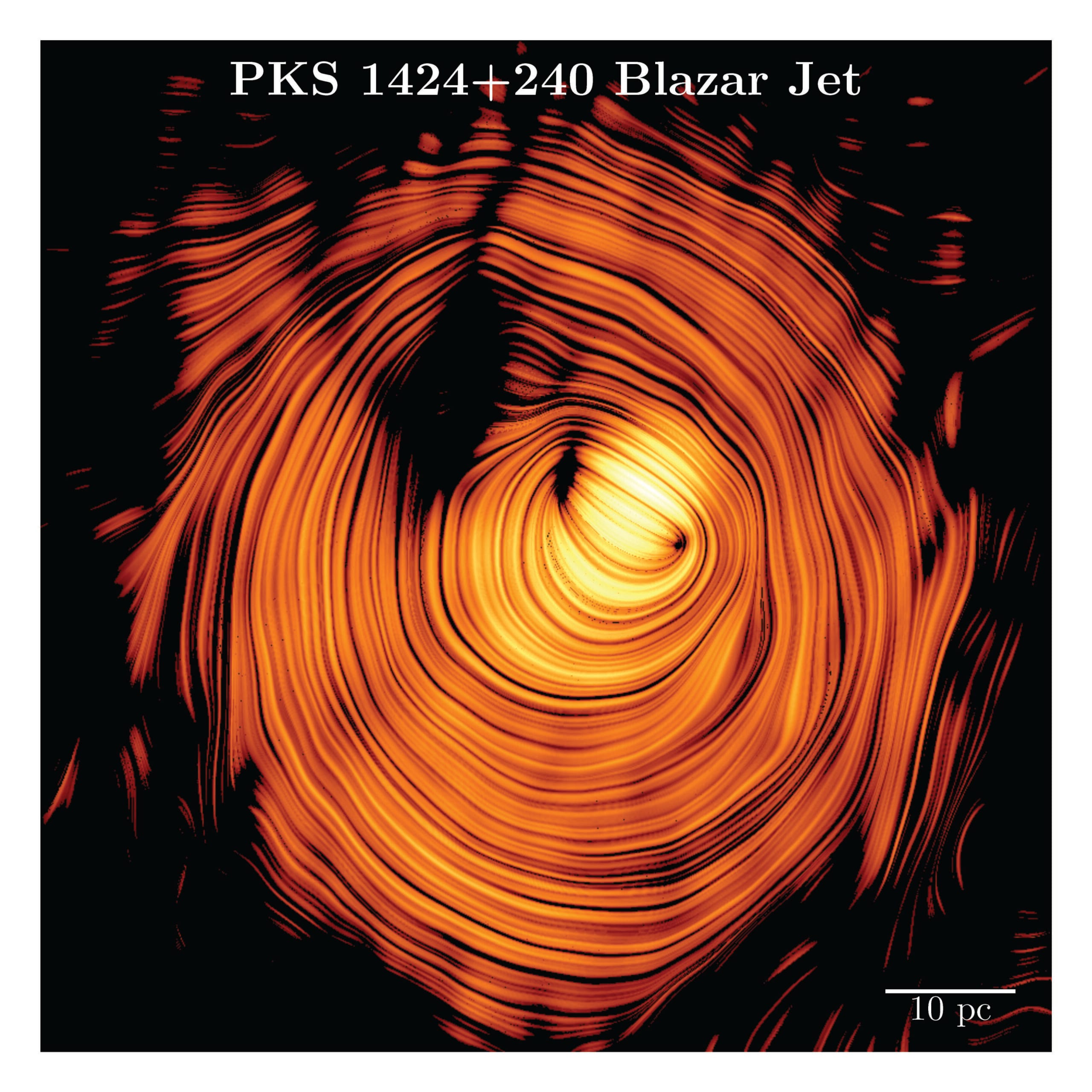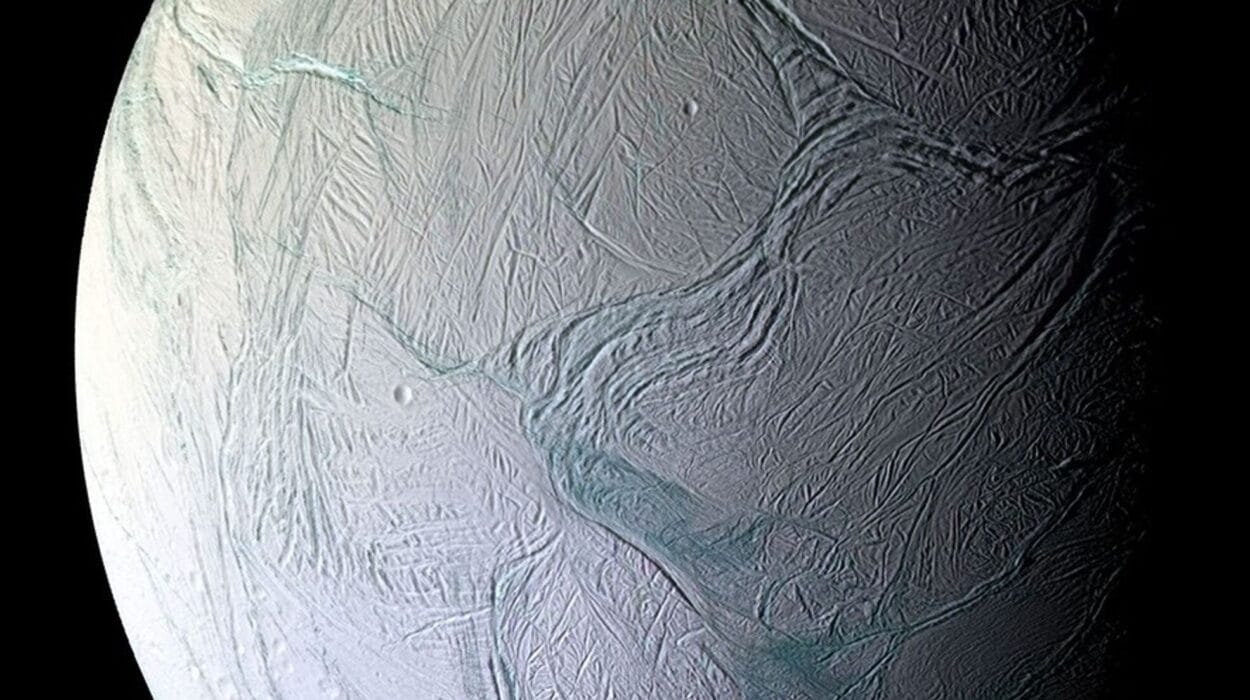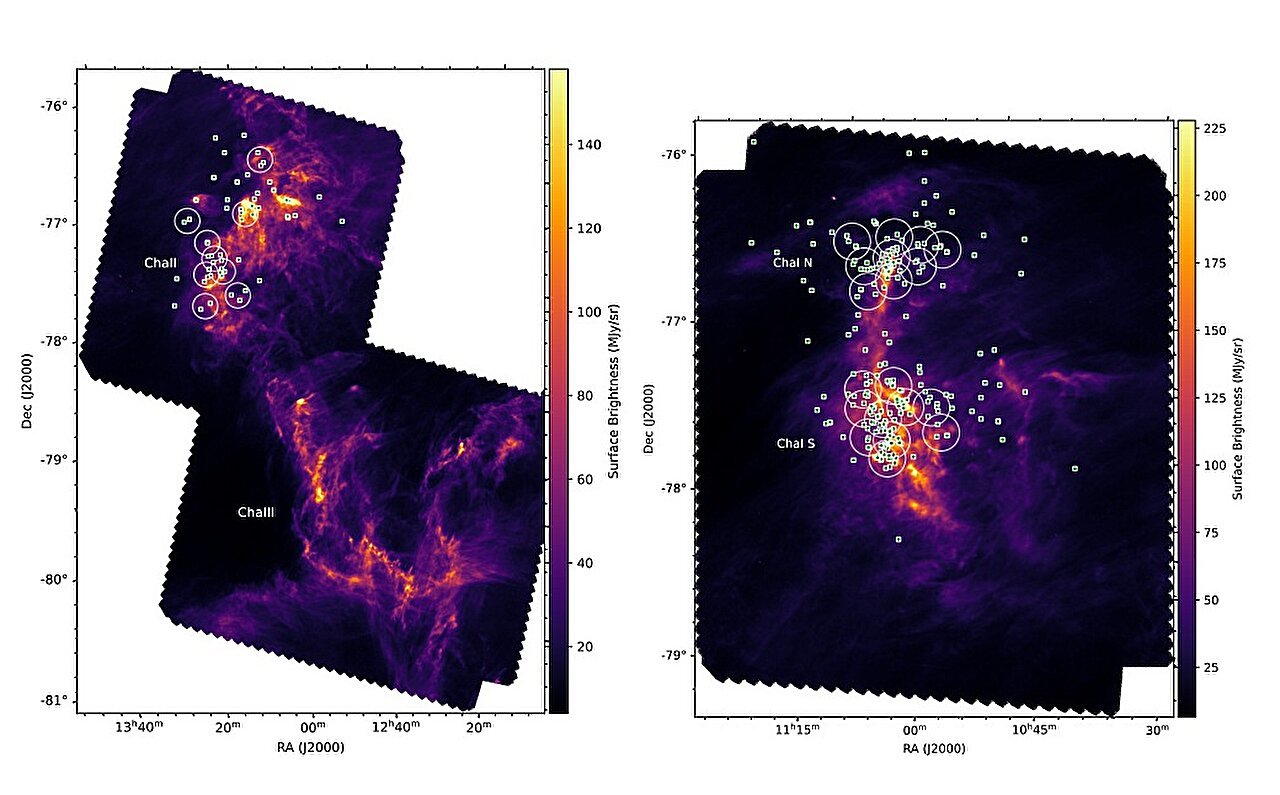In a remarkable leap forward for planetary science, astronomers using the W. M. Keck Observatory on Maunakea, Hawaiʻi Island, have unveiled something never before witnessed: clear evidence of cloud convection in the northern hemisphere of Saturn’s enigmatic moon Titan. This finding marks the first time scientists have observed this phenomenon in the north, where Titan’s greatest methane seas and lakes are located, and offers fresh insight into the alien world’s meteorological system.
With its thick, orange haze and frigid surface, Titan has long fascinated scientists. Beneath its smoggy atmosphere, complex weather cycles play out—not with water like Earth, but with methane. Thanks to the Keck Observatory’s adaptive optics and powerful infrared camera, scientists were able to track cloud changes in unprecedented detail, revealing convection—a dynamic process in which methane clouds rise through Titan’s dense atmosphere.
Titan: A World with Earth-like Weather in an Alien Form
Though Titan may seem like a strange, frozen wasteland from the outside, it is the only other world in our solar system known to host stable liquids on its surface and a weather cycle not unlike our own. Instead of water, methane and ethane evaporate from the surface, condense into clouds, and fall as rain—forming lakes, rivers, and seas.
“With Keck Observatory’s excellent imaging capability, we were able to see methane clouds evolving and changing close to Titan’s north pole over multiple days, in the region where large seas and lakes of methane were discovered by the Cassini spacecraft,” explained Conor Nixon, lead author of the study and a planetary scientist at NASA’s Goddard Space Flight Center. “This enables us to better understand Titan’s climate cycle, how the methane clouds may generate rain, and how this rain might replenish the methane evaporated from lakes.”
For researchers, watching Titan’s weather in real time is like witnessing a distant Earth in slow motion—only this version is cloaked in hydrocarbons, with temperatures plunging to -290°F (-179°C).
Seeing Through the Haze: Keck’s Adaptive Optics Bring Titan into Focus
Observing Titan from Earth is no small feat. Our atmosphere blocks many wavelengths of light, particularly in the infrared range needed to pierce Titan’s dense clouds. However, Maunakea’s extraordinary elevation and the Keck Observatory’s advanced NIRC2 (Near-Infrared Camera, Second Generation) allowed scientists to overcome these obstacles.
Using adaptive optics to correct for distortions caused by Earth’s atmosphere, the team observed Titan in November 2022 and again in July 2023. By employing different filters to peer into different depths of Titan’s atmosphere, they were able to track the motion and behavior of methane clouds across days.
“On the last night of observing in July, the clouds had moved upwards in altitude, like a convective cell on Earth,” said Nixon. “This kind of vertical cloud motion—cloud convection—suggests strong updrafts and indicates active weather dynamics, akin to summer thunderstorms back home.”
Tracking Weather Across Titan’s Northern Lakes
The new observations are particularly significant because they focus on Titan’s north—the hemisphere currently experiencing summer. It’s also where nearly all of Titan’s lakes and seas reside, ranging from small puddles to vast methane seas rivaling the size of Earth’s Great Lakes.
While cloud convection had been seen before in the southern hemisphere, this marks the first direct evidence of the same phenomenon happening in the north. And it’s crucial: evaporation from the northern lakes is believed to be a major source of atmospheric methane. Seeing clouds rise over this region means scientists are now piecing together how methane moves in Titan’s hydrological system—how it cycles through atmosphere, rain, and surface.
This finding helps solidify our understanding of Titan’s seasonal weather patterns, which unfold over the course of its 29.5-year solar orbit. With its thick atmosphere and slow seasons, Titan’s weather dances to a rhythm that spans decades rather than days.
The Science of Shadows and Light: How Infrared Revealed the Mystery
By coordinating observations between the Keck Observatory and the James Webb Space Telescope (JWST), the research team gained an unparalleled window into Titan’s layered atmosphere. Each observatory used a set of infrared filters to probe different depths—Keck from Earth and JWST from space.
This multi-layered view showed not just where the clouds were, but how high they reached. In a matter of days, the researchers observed cloud systems migrating to higher altitudes—a hallmark of vertical convection. However, while they could track this rise, there was no direct evidence of precipitation during the observation window.
Even so, the implications are tantalizing. Such motion is key to understanding how methane rain may feed back into the moon’s hydrocarbon seas, driving erosion, replenishing atmospheric methane, and shaping the surface over geologic time.
The Twilight Zone: A New Kind of Observing
One unique advantage the Keck team had was access to a specialized program known as the “Twilight Zone.” This observing program allows astronomers to monitor bright targets like Titan during times when traditional night-time observations are not feasible due to sky brightness. This flexibility enabled the team to observe Titan’s changing weather with greater frequency.
In planetary science, the ability to catch changes as they happen—rather than after they occur—is gold. Titan’s atmosphere, though slow by Earth’s standards, is still dynamic and responds to seasonal shifts, solar radiation, and possibly subsurface processes.
Titan’s Alien Rain Cycle and Earthly Comparisons
Titan’s troposphere—the lowest layer of its atmosphere—is colossal compared to Earth’s. Due to Titan’s low gravity, this layer stretches up to 27 miles (45 kilometers) above the surface, more than three times Earth’s 7-mile (12-kilometer) troposphere. This deep layer provides ample space for convective clouds to form and grow.
On Earth, convection drives thunderstorms, hurricanes, and the daily formation of cumulus clouds. On Titan, convection happens on a slower, colder scale, but the principle remains the same: warm (or relatively warm) methane vapor rises, cools, and condenses to form clouds—possibly resulting in methane rain.
The cold rain that follows isn’t made of water but of methane and ethane—liquid hydrocarbons that would be explosive on Earth but are stable at Titan’s freezing temperatures.
Organic Chemistry on a Frozen Moon
One of the most fascinating aspects of Titan is its rich organic chemistry. Methane (CH₄) in Titan’s upper atmosphere is split apart by ultraviolet sunlight and energetic electrons from Saturn’s magnetosphere. These fragments recombine into a menagerie of carbon-based molecules like ethane (C₂H₆), acetylene, and even more complex organics.
Thanks to data from the JWST, scientists recently detected a key intermediate molecule: the methyl radical (CH₃). This radical forms when methane is broken apart and is highly reactive, quickly forming other molecules. Detecting CH₃ means scientists are now seeing Titan’s chemistry in mid-reaction—a rare opportunity in planetary science.
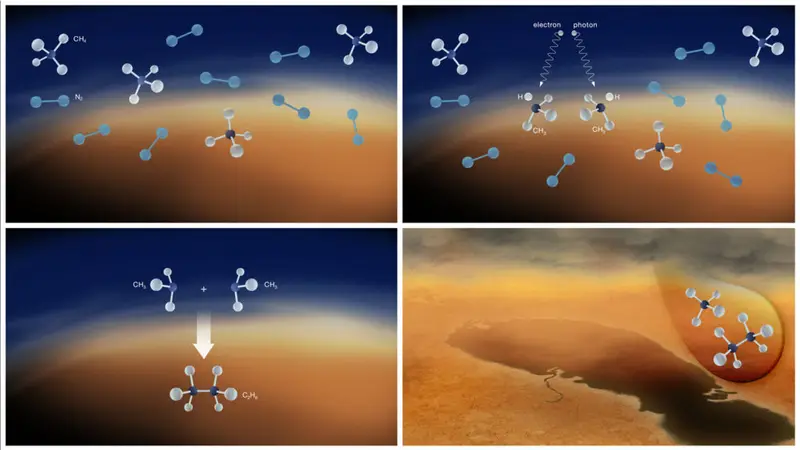
This live view of atmospheric chemistry could offer clues to how life’s basic building blocks formed on early Earth. It also bolsters Titan’s standing as one of the most promising locations in the solar system for studying prebiotic chemistry—chemical processes that could, in the right conditions, lead to life.
A Glimpse Into Titan’s Future
Titan’s hydrocarbon chemistry also tells us something important about its long-term fate. As methane is slowly broken apart and hydrogen escapes into space, Titan’s methane supply is being depleted. Without a mechanism to replenish it—possibly from internal reservoirs—it will eventually vanish, transforming Titan’s climate and surface.
“On Titan, methane is a consumable,” said Nixon. “It’s possible that it is being constantly resupplied and fizzing out of the crust and interior over billions of years. If not, eventually it will all be gone and Titan will become a mostly airless world of dust and dunes.”
A similar fate befell Mars, whose early, wet climate dried up as hydrogen from split water molecules escaped into space. If Titan loses its methane, its lakes will vanish, its skies will clear, and it will become a ghost of its former self.
Looking Ahead: Titan After the Equinox
The next critical moment in Titan’s seasonal journey comes in May 2025, when the moon will pass through its equinox—the point when the Sun is directly over the equator. On Earth, equinoxes herald the changing of seasons; on Titan, they signal massive shifts in atmospheric circulation.
Nixon and his team are eager to continue monitoring Titan’s weather in the wake of this transition. The post-equinox period is expected to bring dramatic atmospheric changes as the balance of solar heating shifts from the northern hemisphere to the south.
Thanks to observatories like Keck and space telescopes like JWST, we’re now equipped to witness these changes unfold in real time.
Conclusion: A Dynamic World of Methane, Clouds, and Possibility
Titan is no longer just a blurry speck through a telescope—it’s a dynamic world with a heartbeat of weather, lakes, winds, and complex chemistry. Thanks to the powerful imaging tools of the Keck Observatory and the unparalleled sensitivity of the James Webb Space Telescope, astronomers are now reading Titan’s skies like a meteorologist reads a forecast.
The discovery of convective clouds in the north is more than just a weather report. It is a window into Titan’s evolving story—one of methane rain, mysterious chemistry, and perhaps, the building blocks of life.
In a frozen world 1.4 billion kilometers from the Sun, clouds are rising. And with them, so is our understanding of what it means to be a living world.
Reference: Conor A. Nixon et al, The atmosphere of Titan in late northern summer from JWST and Keck observations, Nature Astronomy (2025). DOI: 10.1038/s41550-025-02537-3
